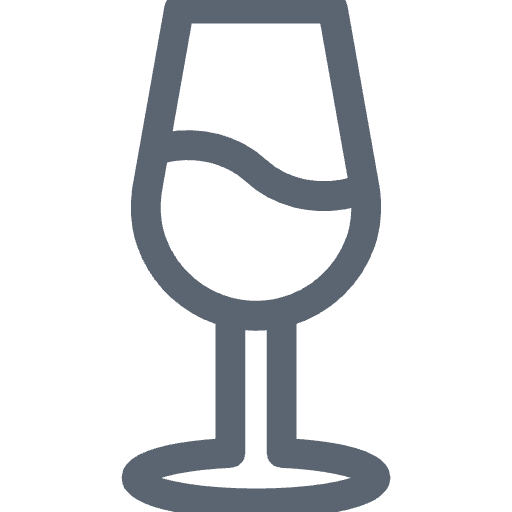8 Products
-

 Burgundy
Burgundy
 Pinot Noir, dry
Pinot Noir, dry
 spicy & elegant
spicy & elegant
-

 Burgundy
Burgundy
 Chardonnay, dry
Chardonnay, dry
 elegant & profound
elegant & profound
-

 Burgundy
Burgundy
 Pinot Noir, dry
Pinot Noir, dry
 fruity & juicy
fruity & juicy
-

 Burgundy
Burgundy
 Chardonnay, dry
Chardonnay, dry
 mineral & complex
mineral & complex
-

 Burgundy
Burgundy
 Pinot Noir, dry
Pinot Noir, dry
 mineral & complex
mineral & complex
-

 Burgundy
Burgundy
 Pinot Noir, dry
Pinot Noir, dry
 elegant and structured
elegant and structured
-

 Burgundy
Burgundy
 Pinot Noir, dry
Pinot Noir, dry
 structured and spicy
structured and spicy
-

 Burgundy
Burgundy
 Pinot Noir, dry
Pinot Noir, dry
 delicate & complex
delicate & complex








